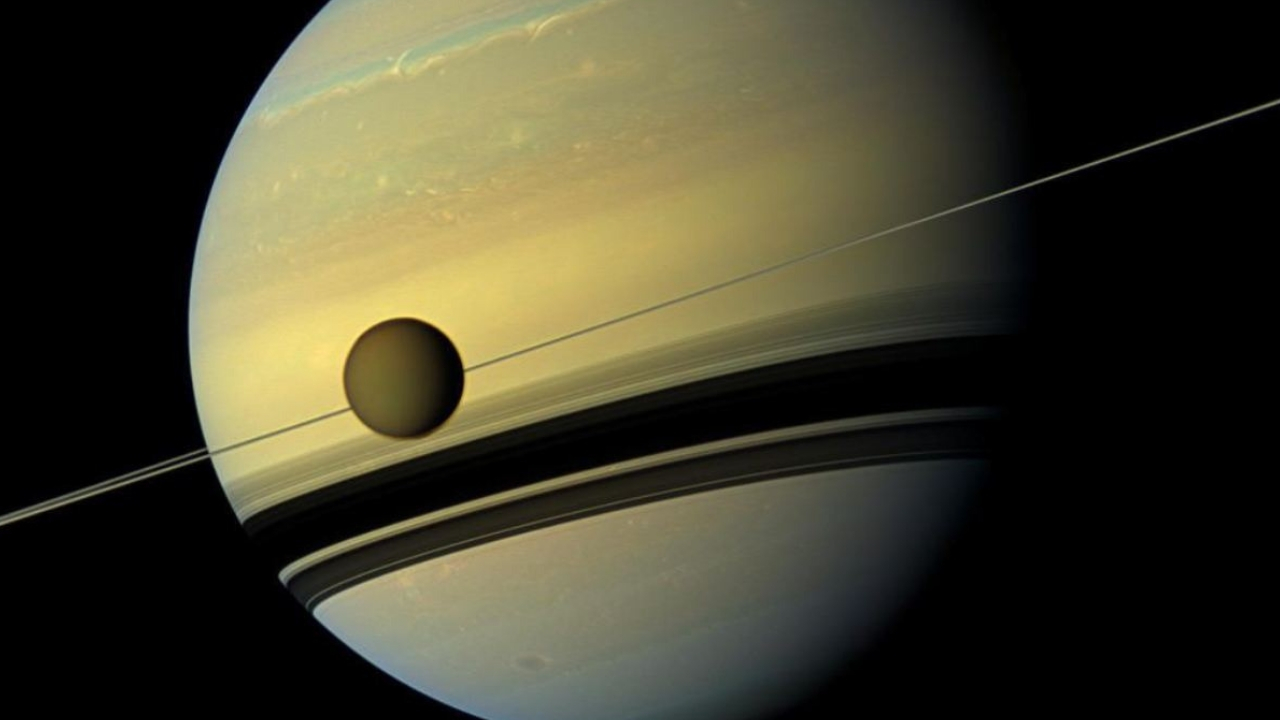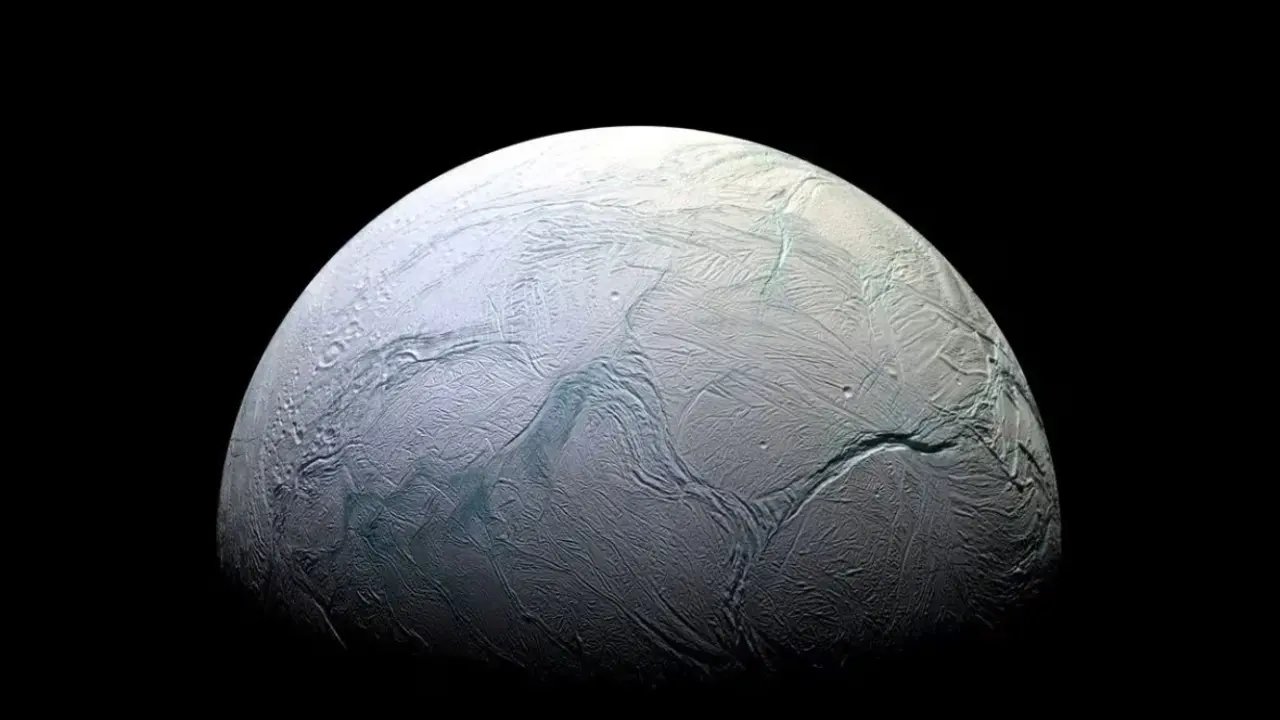Scientists have detected newly formed organic compounds in a cloud erupting from the surface of Enceladus, one of Saturn’s moons. These new findings suggest that the likelihood of life on the moon has significantly increased.
Organic compounds identified on Enceladus
Enceladus stands out among celestial bodies that could potentially harbor life. A giant plume of ice particles and vapor rising from beneath the moon’s south pole was first revealed by the Cassini mission, which concluded in 2017.

The James Webb space telescope later observed this phenomenon, and it was determined that the plume extended approximately 9,600 kilometers into space. Scientists believe the source of this material is a salty ocean beneath Enceladus’s ice crust.
Researchers analyzed the Cassini data in depth and announced that they had found organic molecules in this plume that had never been observed before. Dr. Nozair Khawaja stated that these results indicate that chemical processes beneath Enceladus’s surface are more complex. Khawaja stated that as complexity increases, the likelihood of life increases.
According to Khawaja, while these findings do not prove life on Enceladus, they do point to the existence of complex chemical pathways that could lead to the formation of biologically important substances.
So, what are your thoughts on this? Share your thoughts with us in the comments section below.













